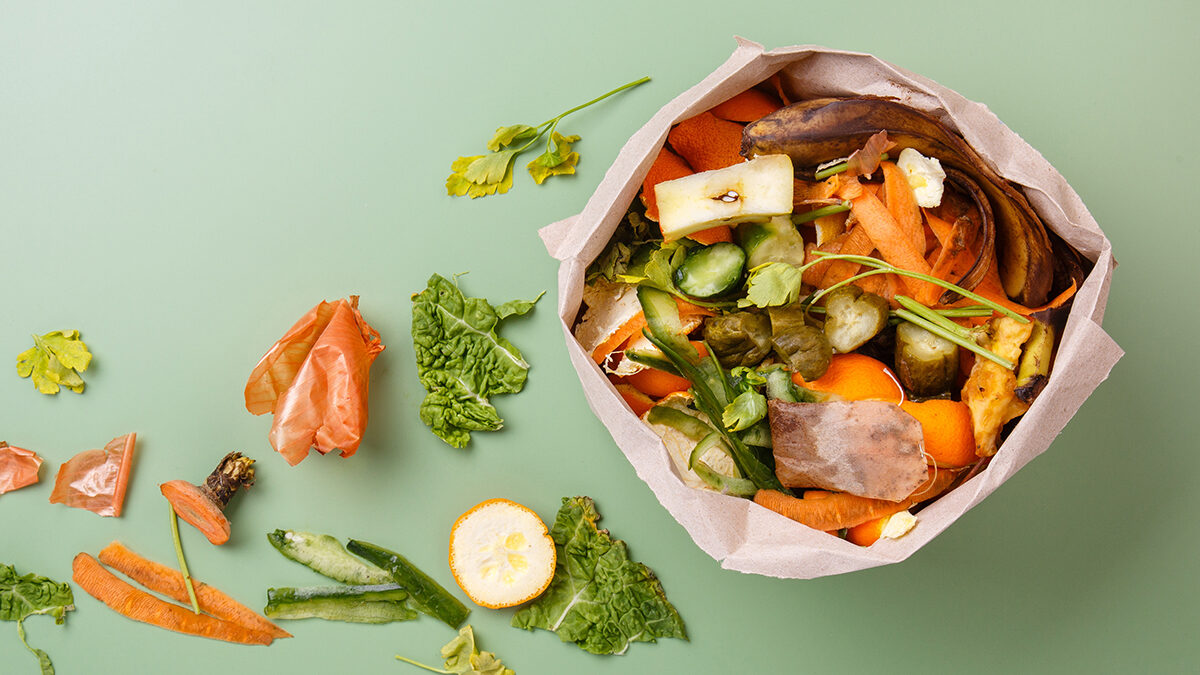I don’t know about you, but I feel pretty awful when I go to clean out my fridge and end up having to toss out a few sad looking vegetables or a perfectly good leftover meal that has been sitting there for way too long. It’s a new year, so here are my ten tips on how to get savvy in the kitchen and stop that perfectly good (and expensive) food from ending up in the bin.
- Plan your meals. Yes, I know this can be a pain, but it does really help to reduce food waste. Spend one day realistically planning your meals for the week, check what you already have in your fridge/cupboard and then write a shopping list. This will stop you buying foods that serve no purpose.
2. Stick to your list! This directly leads on from the above point. When you get to he supermarket, don’t be tempted to throw extra items or discount items into your trolley. If they aren’t part of your weekly meal plan, there is a likely chance you don’t need them and therefore they might end up being thrown out. Don’t be afraid to reach for the imperfect fruits/veggies – they can typically be ignored by shoppers and therefore increases the chances that they go to waste. They are perfectly fine and taste the same.
3. Before those veggies and fruit get to the sad looking stage, google recipe inspiration for the particular ingredient and create a meal that you usually wouldn’t. Who knows, it might end up being a new favourite in the household.
4. Use the “First in, first out” method. When storing your food items in the fridge, make note of the use-by dates and try to consume these items in order of their expiry date. This is great from a food safety perspective, but also increases the chances that you’ll consume the items in enough time that they aren’t going to spoil.
5. Invest in some good quality glass containers with tight fitting lids. Leftover meals, chicken from a whole chook, leftover cooked vegetables, half opened cheese/cured meats can be stored in these, and they last a few days longer because they are being stored properly.
6. Know the difference between use-by and best before labels. Use-by dates should be followed to the date listed on the packet. It can be unsafe to eat these items once the date has passed. If you know you’re not going to get the opportunity to use them, put them in the freezer a day before and label “Use straight away” so that you can pull it out and use it that same day. Best before is more relaxed. This label refers more to the prime time for the ingredient, so it’s still ok to use a couple of days once the date has passed.
7. Check your freezer! It’s all well and good that we freeze certain foods or leftover meals to save them from spoiling. But make sure you also spend some time going through your freezer to see what you have and pull-out items/meals regularly to ensure they are getting eaten within a safe timeframe.
8. Compost kitchen scraps. Composting is a great way to use vegetable/fruit scraps and rotten produce in an effective way. Rather than throwing them straight into the bin, they can be composted which offers a form of fertilisation for soil. This is a fantastic method of food waste management, as it gives back to the planet, rather than harming it when it arrives in landfill.
9. Plant your own herbs. So many recipes call for a small amount of herbs and this results in three quarters of a bunch sitting and wilting in the fridge over the following days. Plant some herbs in pots or a veggie patch and that way you only cut off what you need to use. Some fantastic and resilient herb varieties to plant include parsley, mint, rosemary, thyme, oregano, basil, Vietnamese mint, chives and sage.
10. Make a meal out of it! As mentioned, it’s often vegetables and herbs that can be left going to waste in our fridges. Get savvy with these ingredients and throw sad looking vegetables/herbs into soups, casseroles, curries, frittatas, stocks, omelettes and kid’s meals. It doesn’t matter if a recipe doesn’t call for it, it might end up being absolutely delicious and you’ve created a recipe on your own. Remember that every recipe ever made came from someone experimenting with ingredients and different flavours.
I hope these food saving tips have helped you get some ideas for saving those sad looking food items!

